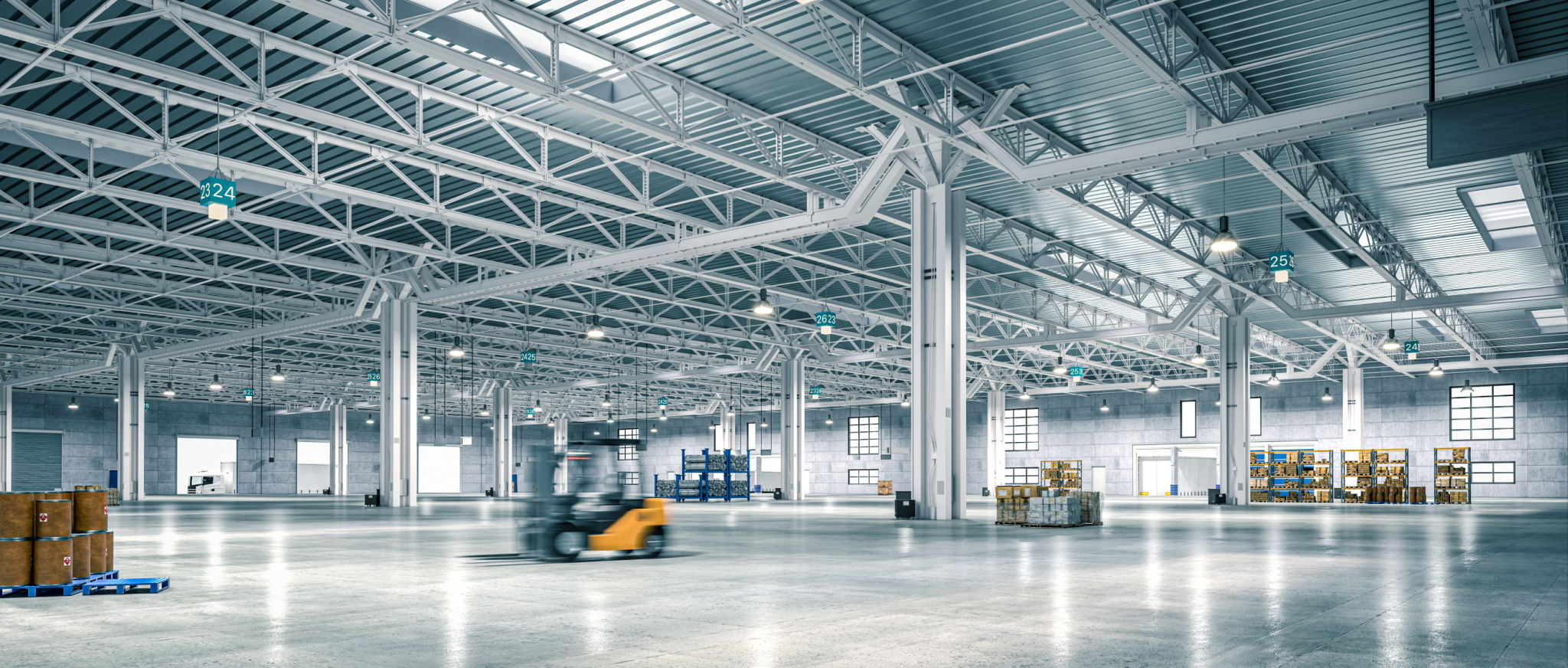Debunking Common Myths About Minimalist Warehouse Design
Understanding Minimalist Warehouse Design
Minimalist warehouse design has been gaining popularity for its sleek, efficient, and cost-effective approach. However, several misconceptions about this design philosophy can deter businesses from embracing its benefits. In this post, we aim to debunk some of the most common myths surrounding minimalist warehouse design, shedding light on why it might be the perfect fit for your operations.

Myth 1: Minimalist Design Means Less Storage
One of the most persistent myths about minimalist warehouse design is that it results in reduced storage capacity. This misconception arises from the idea that minimalism equates to less space. In reality, minimalist design focuses on optimizing the available space through strategic planning and efficient use of storage solutions. By implementing modular shelving and versatile storage units, businesses can maximize their storage capacity without compromising on the minimalist aesthetic.
Myth 2: It Lacks Functionality
Another common myth is that minimalist design sacrifices functionality for aesthetics. However, minimalism emphasizes the principle of "form follows function." This means that every element in a minimalist warehouse is purpose-driven and contributes to the overall efficiency of the space. From streamlined layouts to advanced inventory management systems, minimalist warehouses are designed to enhance productivity and operational flow.

Myth 3: Minimalist Warehouses Are Expensive
Many believe that adopting a minimalist approach requires a hefty investment. While it's true that initial costs might be higher due to quality materials and innovative designs, the long-term savings are significant. Minimalist warehouses often lead to reduced energy consumption, lower maintenance costs, and improved employee productivity. These factors make minimalist design a cost-effective solution in the long run.
Myth 4: Minimalism Is Only About Aesthetics
Minimalism is often associated with a particular aesthetic style characterized by clean lines and uncluttered spaces. However, in a warehouse setting, minimalism extends beyond mere aesthetics. It involves creating a highly efficient environment where every aspect is optimized for better workflow and resource management. The aesthetic appeal is simply a byproduct of thoughtful design and functionality.

Myth 5: It's Not Suitable for All Industries
Some businesses may assume that minimalist warehouse design is not suitable for their specific industry needs. On the contrary, minimalism can be adapted to various sectors, from retail to manufacturing. By focusing on core operational requirements and eliminating unnecessary components, minimalist design can be tailored to support diverse industrial demands effectively.
Embracing Minimalism for Enhanced Efficiency
Understanding the principles behind minimalist warehouse design can help businesses overcome these myths and embrace a more efficient way of operating. By prioritizing functionality, optimizing space, and investing in quality solutions, companies can create warehouses that not only look great but also perform exceptionally well.
In conclusion, minimalist warehouse design offers numerous advantages that go beyond surface-level aesthetics. By debunking these common myths, businesses can make informed decisions about adopting this innovative approach to improve their logistics and storage operations.